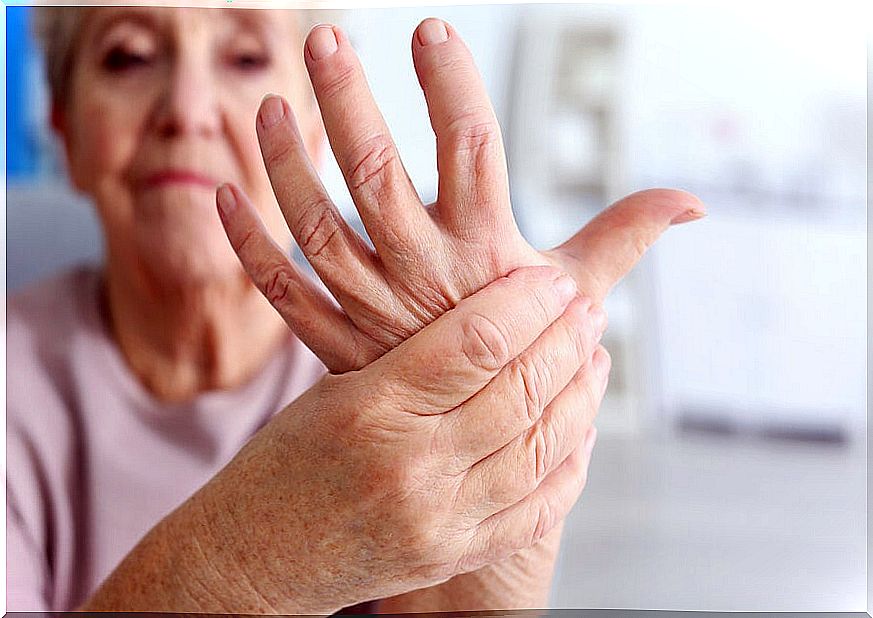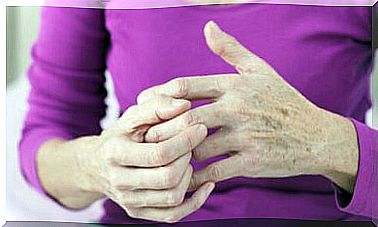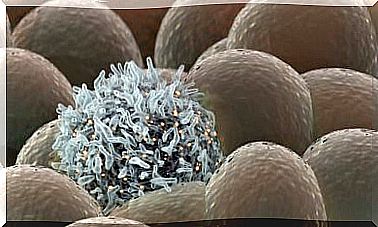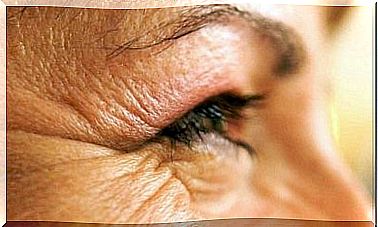Rheumatoid Arthritis, How To Control Your Symptoms
Rheumatoid (or rheumatoid) arthritis is a chronic, inflammatory disease of autoimmune origin. It manifests itself mainly in the joints producing pain, swelling and stiffness.
Its cause, like all autoimmune diseases, is unknown so far, although it is postulated that different factors must interact such as:
- Gene predisposition (it is believed to be a polygenic disease, that is, there are several genes involved)
- Infections
- Environmental factors such as smoking, stress, etc.
It is a disease three times more common in women than in men, possibly due to estrogens, and it usually appears between the ages of 35 and 55, although it can appear earlier.
Other risk factors, apart from age and sex, are:
- Family background.
- Smoking
- Environmental exposure.
- Obesity.

Rheumatoid arthritis symptoms
As we have said, it is an autoimmune disease, in which the immune system attacks the synovial lining of the joints.
Therefore, there is an inflammation of the joints, specifically of the synovial membrane, and of the adjacent areas. In the first place, the smallest joints of the extremities such as fingers, wrists, etc.
As a consequence, it occurs:
- Swelling in the joint
- Joint pain.
- Numbness.
- Warmth sensation.
Morning stiffness is very characteristic, which can limit movements and disappears as the day progresses.
Symptoms and evolution are highly variable, sometimes only suffering from these symptoms, but sometimes the disease progresses and can affect adjacent ligaments and tendons, causing deformities and can limit some daily activities.
Other non-articular symptoms may appear such as:
- Asthenia
- General discomfort
- Fever
- Tiredness
- Rheumatoid nodules, very characteristic and which are non-painful lumps that appear in the pressure areas and on the tendons.
As complications, we can say that rheumatorid arthritis increases the risk of suffering from osteoporosis, Sjogren’s symptom, carpal tunnel, infections, lymphoma, etc.
Rheumatoid arthritis treatment
Early diagnosis and treatment is essential to help control the disease, minimize symptoms and, above all, prevent progression. Before the first symptoms appear, it is crucial to go to the rheumatologist to analyze the case and prescribe the treatment to follow.
There are many pharmacological treatments and with different pharmacological bases. To name a few, the following are used:
- Anti-inflammatories
- Disease modifying drugs
- Monoclonal antibodies.
However, we must remember that no drug cures the disease, all are aimed at treating the symptoms and preventing the disease from progressing. For this reason, the cause of the disease and possible treatments are constantly being investigated.
Experts and medical professionals such as the Arthritis Foundation advise, apart from drug treatment, to implement some general measures that help limit the impact of arthritis:
- Sleep between 8 and 10 hours a day in a position that does not compromise any joint.
- Healthy eating and lifestyle habits are essential.
- Avoid great efforts, especially with your hands
- Do not stand for a long time and do not do repetitive exercises with the joints.
- You should exercise regularly and strengthen the muscles around the affected joints.
- A physiotherapist can help us perform the most convenient exercises.
It is important to know that a patient with rheumatoid arthritis, who undergoes correct medical treatment and control and who takes these basic tips into account, can lead a practically normal life.









